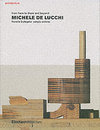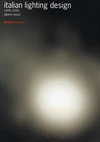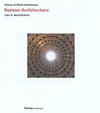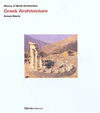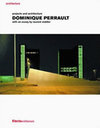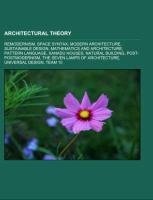
-
 Anglický jazyk
Anglický jazyk
Architectural theory
Autor: Source: Wikipedia
Source: Wikipedia. Pages: 68. Chapters: Remodernism, Space syntax, Modern architecture, Sustainable design, Mathematics and architecture, Pattern language, Xanadu Houses, Natural building, Post-postmodernism, The Seven Lamps of Architecture, Universal design,... Viac o knihe
Na objednávku, dodanie 2-4 týždne
18.72 €
bežná cena: 20.80 €
O knihe
Source: Wikipedia. Pages: 68. Chapters: Remodernism, Space syntax, Modern architecture, Sustainable design, Mathematics and architecture, Pattern language, Xanadu Houses, Natural building, Post-postmodernism, The Seven Lamps of Architecture, Universal design, Team 10, Form follows function, Ornament, Christopher Tunnard, Rationalism, Functionalism, Modulor, A Pattern Language, Space in landscape design, Critical regionalism, Digital morphogenesis, Walking city, Architecture parlante, Telesis, The Five Orders of Architecture, Fab Tree Hab, Phenomenology, Feminism and modern architecture, Polite architecture, Shape grammar, Spatial network, De Re Aedificatoria, Purism, Roden Crater, Architectural determinism, Conceptual architecture, Wayfinding, Typology, Vitruvian module, Truth to materials, ArchiLab, Oppositions, Cognitive architecture, Orientation of churches, North light. Excerpt: Modern architecture is generally characterized by simplification of form and creation of ornament from the structure and theme of the building. It is a term applied to an overarching movement, with its exact definition and scope varying widely. In a broader sense, modern architecture began at the turn of the 20th century with efforts to reconcile the principles underlying architectural design with rapid technological advancement and the modernization of society. It would take the form of numerous movements, schools of design, and architectural styles, some in tension with one another, and often equally defying such classification. The concept of modernism would be a central theme in these efforts. Gaining popularity after the Second World War, architectural modernism was adopted by many influential architects and architectural educators, and continues as a dominant architectural style for institutional and corporate buildings into the 21st century. Modernism eventually generated reactions, most notably Postmodernism which sought to preserve pre-modern elements. Notable architects important to the history and development of the modernist movement include Frank Lloyd Wright, Ludwig Mies van der Rohe, Le Corbusier, Oscar Niemeyer, Alvar Aalto, Walter Gropius and Louis I Kahn. The Crystal Palace, 1851, was one of the first buildings to have vast amounts of glass supported by structural metal, foreshadowing trends in Modernist architecture.There are multiple lenses through which the evolution of modern architecture may be viewed. Some historians see it as a social matter, closely tied to the project of Modernity and thus the Enlightenment. Modern architecture developed, in their opinion, as a result of social and political revolutions. Others see Modern architecture as primarily driven by technological and engineering developments. Still other historians regard Modernism as a matter of taste, a reaction against eclecticism and the lavish stylistic excesses of Victorian a
- Vydavateľstvo: Books LLC, Reference Series
- Rok vydania: 2013
- Formát: Paperback
- Rozmer: 246 x 189 mm
- Jazyk: Anglický jazyk
- ISBN: 9781156822289




